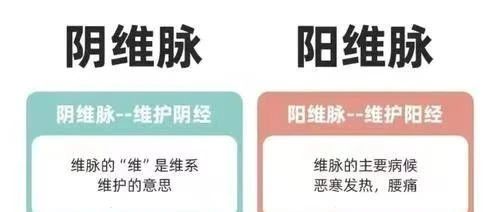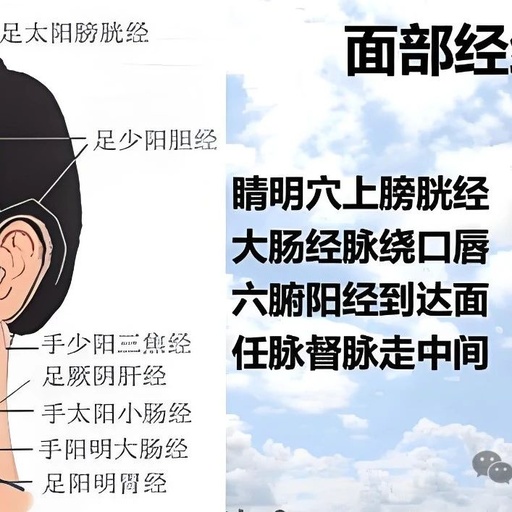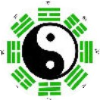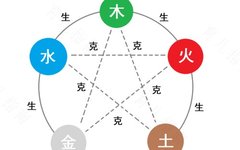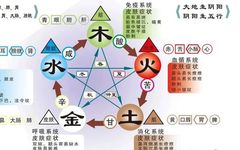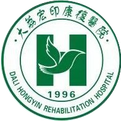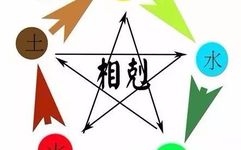Red Tongue, Thin Tongue Body, and Sparse Coating: Not Necessarily Yin Deficiency with Heat
Red tongue, thin tongue body, and sparse coating indicate: this does not necessarily mean Yin deficiency with heat. The profound theories of Traditional Chinese Medicine (TCM) are vast and intricate, yet fundamentally simple. They are based on the infinite reasoning of Yin and Yang, the calculations of the Five Movements and Six Qi, and the … Read more



